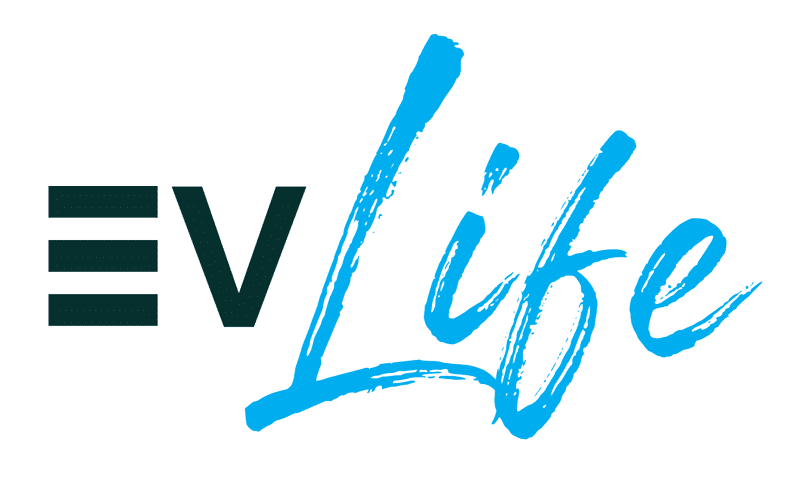
It’s happening. And it feels like it’s closer than ever before. Robot cars, driverless vehicles, autonomous automobiles, call them what you will, we’re talking about transportation devices that don’t need human operation.
Just a year ago, autonomous cars appeared to be decades away from reality, and it seemed most of us were not ready to relinquish the wheel to something that doesn’t see, hear, feel and react the way we do when in charge of a motor vehicle; after all our lives, and those of others, depends on the safe, skilled and sentient, control of said vehicle.
However, you may have noticed, unless you’ve been living in a cave with no wi-fi, that there has been a somewhat accelerated progress in the development of Artificial Intelligence, known as AI. It’s currently racing towards, and perhaps even beyond, what we envisioned in science fiction, and it’s not entirely unrealistic to imagine humanoid robots in active servitude to humans in just a few short years.
The journey toward autonomous cars is a fascinating mix of advanced technology, evolving legal frameworks, and philosophical debates, not least in the GCC region. So where do we stand? Are driverless cars a real thing? Does the law allow for them? What are the ethical challenges and frankly, most importantly, are we ready to sit back and let AI do the driving?
How Autonomous is Autonomous?
Autonomous vehicles are categorised into five levels of automation, from basic driver assistance (Level 1) to full autonomy (Level 5). While the dream of Level 5 autonomy—where cars can operate without any human intervention is threatening to become reality, we’re not quite there yet. Currently, most cars that you can buy, which boast of ‘auto-pilot’ or autonomous drive systems, actually only operate at Levels 2 and 3. This means they can handle specific tasks like driving on motorways, or stop-go traffic and parking themselves but still require human oversight.
Despite what you may have seen in social media videos, there is no instance currently in which you can vacate the driver’s seat of a moving vehicle. In fact, it would be illegal, except for certain taxis, ride-hailing services, and public transport facilities that have been certified and approved by local authorities.
In recent years, advancements in generative AI have significantly accelerated the development of AV technology. AI systems can now process vast amounts of data from sensors, radars, and lidars in real time, allowing for more accurate and safer driving decisions. Challenges remain as sensors and radars must function flawlessly in all conditions. If you own a car with reversing/parking cameras and sensors, you’ll know they are prone to failure, and their effectiveness can be curtailed by poor visibility, for example during a sandstorm.

It’s not hard to envisage a future with robot drivers, like in Total Recall. But it’s not coming imminently!
Legal Frameworks
The first national licence for self-driving vehicles was approved for Chinese company WeRide last year in the United Arab Emirates. And in June 2024 the country expanded the rules on vehicle classifications to include driverless cars. Dubai is aiming for a quarter of all public transport to be autonomous by 2030, having also revealed plans for pilot-less flying taxis in the city. In a 2020 survey, KPMG’s Autonomous Vehicles Readiness Index ranked UAE 8th.
Dubai Law No. (9) of 2023 prohibits the driving of any autonomous vehicle in the UAE unless a license has been issued by the RTA. The vehicle must have passed a technical examination conducted by the RTA and meeting safety and security standards.
Meanwhile, Saudi Arabia’s Roadmap to Self-Driving Cars also focuses on its plans for Vision 2030 and is working on developing a regulatory framework around regulations that address safety, liability and even cybersecurity. The Saudi Arabian Ministry of Transport and Logistics is even running a trial phase for the ‘Dhahaina’ (‘Smart’) self-driving electric vehicle.
The United Kingdom recently passed the Automated Vehicles Act allowing for driverless cars to hit the roads in 2026. A key aspect of the new law was that in the event of an incident or accident, the driver was not liable, instead culpability would be placed on the manufacturer.
Similarly in the United States, liability falls on manufacturers if a defect in the vehicle’s system causes an accident, although human operators can also be held liable if they are found to have been negligent. The European Union imposes strict liability on manufacturers for product defects. However, Dubai Law. (9) states that if the autonomous vehicle causes damage to individuals or property, liability for compensation will rest with the operator.
Would You Own a Driverless Car?
As ever, residents in the GCC lead the charge as early adopters of new tech. A 2020 YouGov survey revealed that almost half (49%) of UAE residents believed they were likely to own self-driving cars in the next five years – clearly a little optimistic on the timescale! Interestingly men, at 53%, were keener than women as were those in their thirties compared to younger drivers (52% versus 47%).
A recent experiment in Japan has seen a “musculoskeletal humanoid” driving a car. It was very cautious!

Public perception in the UAE and Saudi Arabia is gradually shifting towards acceptance of AV technology. Nonetheless, widespread adoption will depend on continuous education and transparency about the safety measures and benefits of AVs. Addressing concerns about job displacement and safety is also crucial to gaining public trust.
What if?
Understandably, for many, it remains a truly frightening proposition. Questions remain over what an autonomous car might do in an emergency scenario. One such ethical challenge is known as the “Trolley Problem.” This philosophical dilemma questions whether a car should be programmed to sacrifice one life to save multiple others.
This has not been definitively addressed thus far, although one manufacturer did indicate that the car’s first responsibility would be the safety of its occupants. Read into that what you will, but it does raise important questions about whether AVs should be allowed to make ethical decisions and how they would align with societal values.
Whatever the answers to such dilemmas, we evidently need to come up with them quickly, because the road to autonomous vehicles has definitely shortened. And ultimately the real question is whether you are prepared to ride in a car with no driver.












